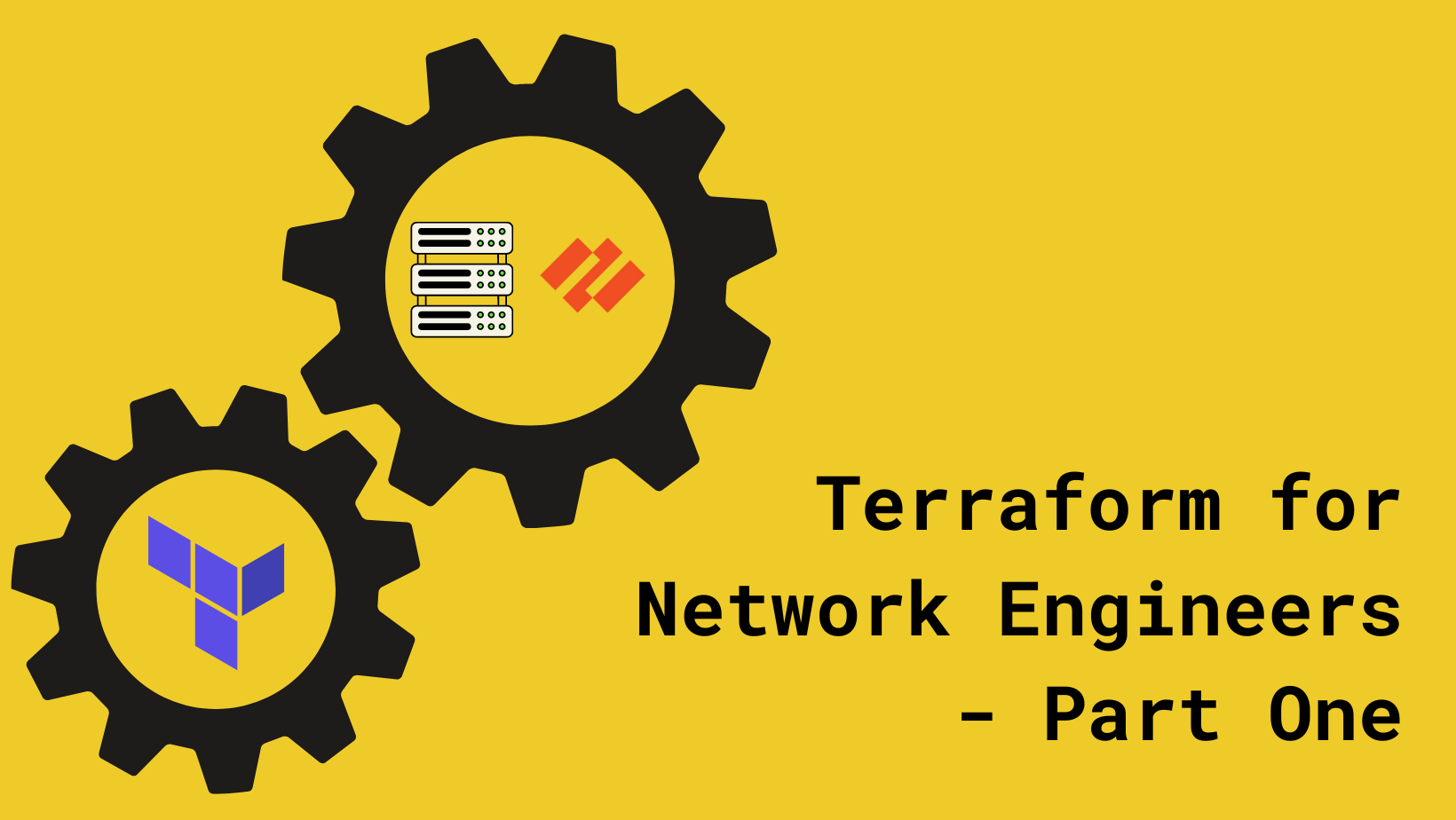Netlab Examples in GitHub Codespaces
A few days ago, someone asked me about the IPv4 next-hop details of running interface EBGP sessions. I pointed him to a blog post explaining them, adding, “And of course, you can test that in netlab.” A few minutes later, it hit me: instead of asking him to set up netlab locally, I could enable him to do that in a minute with GitHub codespaces.
Setting that up was easy: copy the .devcontainer directory from the BGP labs repository into the netlab examples repository and commit the change. After a short yak-shaving exercise (writing README files and rearranging a few folders), I successfully started the codespace and was ready for this blog post. There was just one gotcha…













